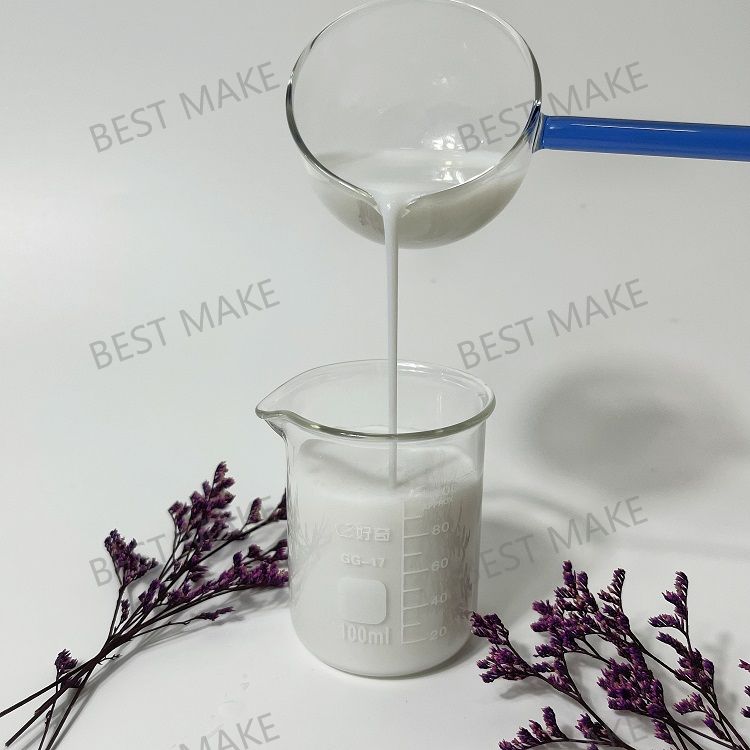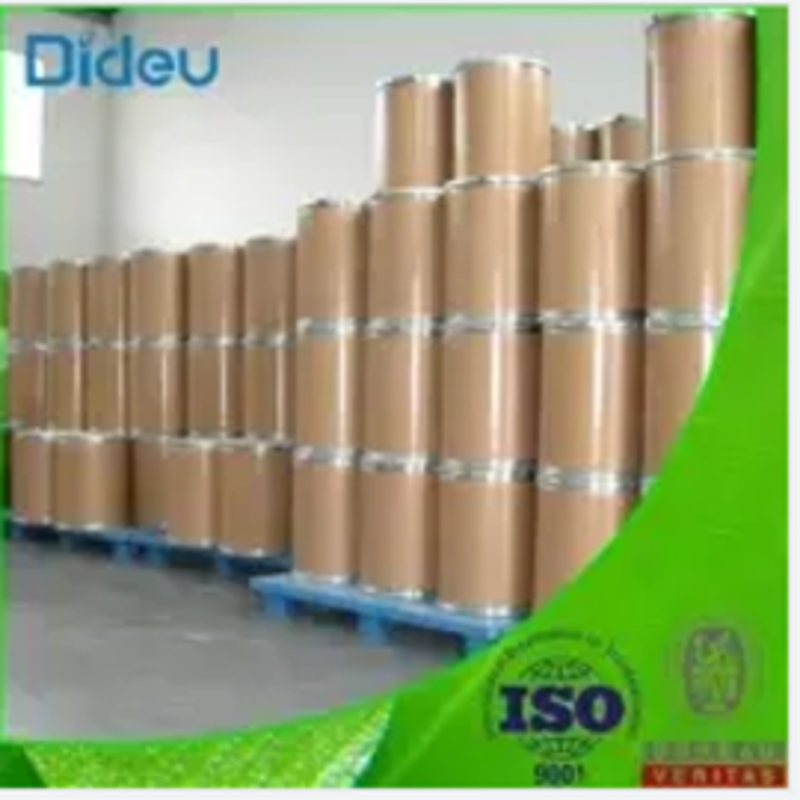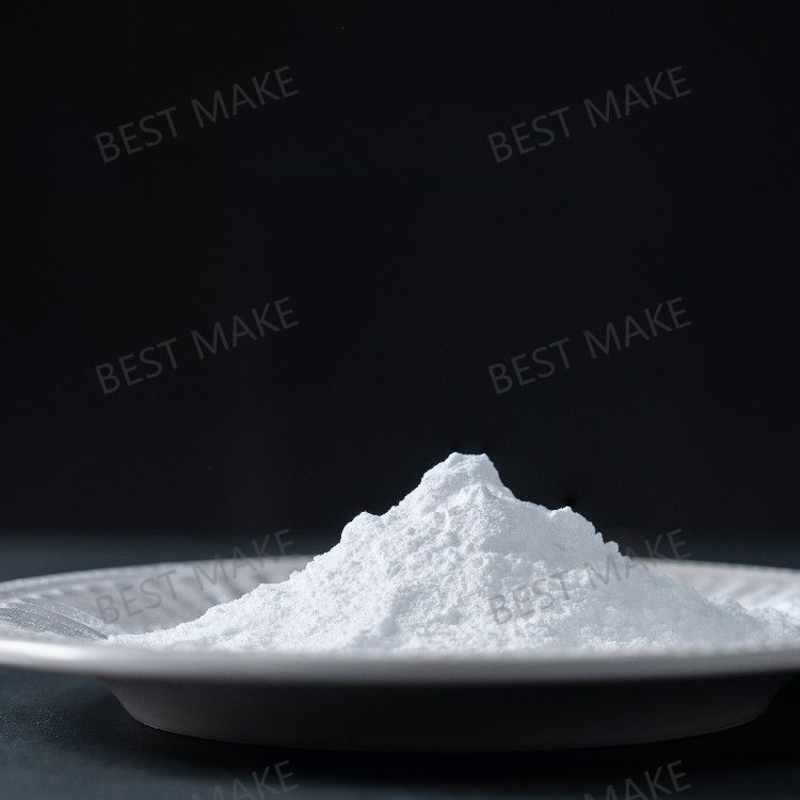-
Categories
-
Pharmaceutical Intermediates
-
Active Pharmaceutical Ingredients
-
Food Additives
- Industrial Coatings
- Agrochemicals
- Dyes and Pigments
- Surfactant
- Flavors and Fragrances
- Chemical Reagents
- Catalyst and Auxiliary
- Natural Products
- Inorganic Chemistry
-
Organic Chemistry
-
Biochemical Engineering
- Analytical Chemistry
-
Cosmetic Ingredient
- Water Treatment Chemical
-
Pharmaceutical Intermediates
Promotion
ECHEMI Mall
Wholesale
Weekly Price
Exhibition
News
-
Trade Service
In current work, polytinium (PSf) membranes are modified using polyethylene alcohol (PVA) layers and zinc oxide-dorodanin (ZnO-PRh) conjupartit nanoparticles.
is considered a serious problem for membrane applications. There are several techniques that can improve membrane biodefaceability
the
. The ZnO-PRh-coupled nanoparticles are fixed to the surface as a new antibacterial agent using the immersion method. In addition, the PVA layer is used to improve the hydromassivity and binding of nanoparticles on the membrane surface. Fourier Transform Infrared (FTIR), X-ray diffraction (XRD), Field Emission Scan Electron Microscope (FESEM), Scan Electron Microscope (SEM), Atomic Force Microscope (AFM) and Contact Angle Analysis are used to represent samples.
the effects of ZnO-PRh
nanoparticles and crosslinker concentrations on membrane performance by increasing anti-fouling and antibacterial properties. For dialdehyde (GA) and nanoparticles, the highest amount of combined treatment membranes was obtained at 5% and 0.75%, respectively. It has been observed that by applying ZnO's PRH/PVA membrane, the surface hydro hydrolysolysis (from 111.8 to 59.0 degrees at the water contact angle) penetrates the flow (from 24.458 to 46.653 kg). Mi-2. PVA and ZnO for H-1 are -PRh /PVA membranes, respectively, and the rejection of citric acid and total phosphate samples (from 81.521 to 97.52 and 83.77 to 98.97) increases anti-fouling and antibacterial resistance.







